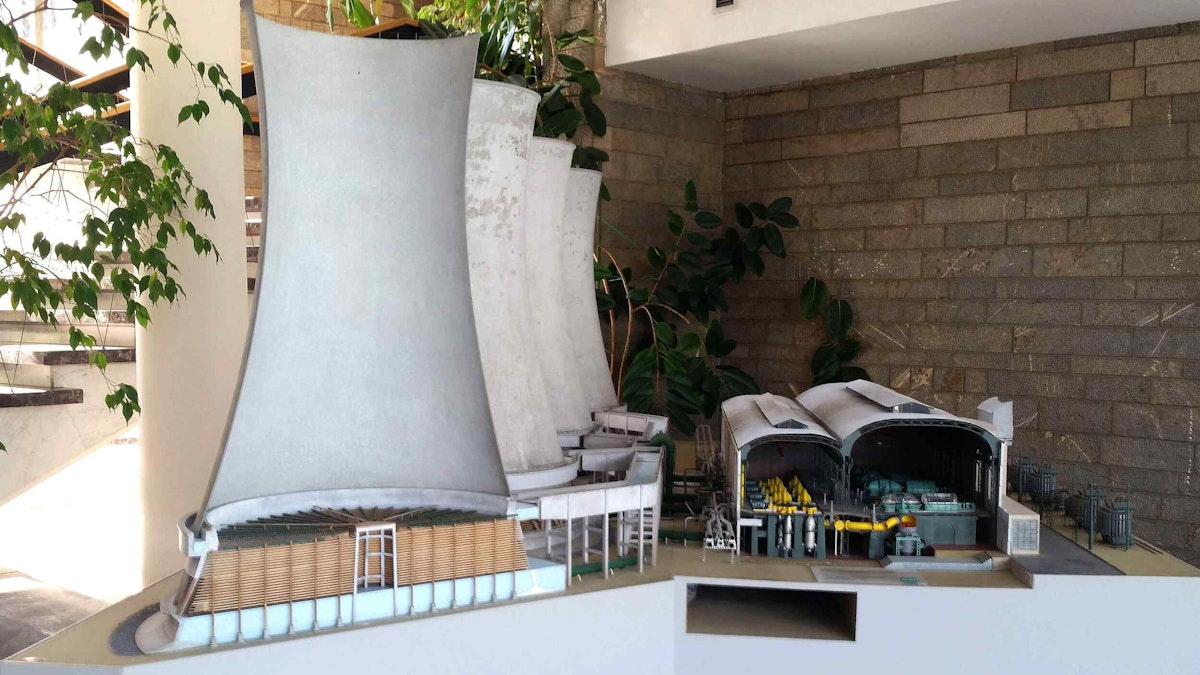Table of contents
Browse categories
Browse authors
 AB
ABAlberto Boffi
 AL
ALAlessia Longo
 AH
AHAl Hoge
 AB
ABAljaž Blažun
 BJ
BJBernard Jerman
 BČ
BČBojan Čontala
 CF
CFCarsten Frederiksen
 CS
CSCarsten Stjernfelt
 DC
DCDaniel Colmenares
 DF
DFDino Florjančič
 EB
EBEmanuele Burgognoni
 EK
EKEva Kalšek
 FB
FBFranck Beranger
 GR
GRGabriele Ribichini
Glacier Chen
 GS
GSGrant Maloy Smith
 HB
HBHelmut Behmüller
 IB
IBIza Burnik
 JO
JOJaka Ogorevc
 JR
JRJake Rosenthal
 JS
JSJernej Sirk
 JM
JMJohn Miller
 KM
KMKarla Yera Morales
 KD
KDKayla Day
 KS
KSKonrad Schweiger
Leslie Wang
 LS
LSLoïc Siret
 LJ
LJLuka Jerman
 MB
MBMarco Behmer
 MR
MRMarco Ribichini
 ML
MLMatic Lebar
 MS
MSMatjaž Strniša
 ME
MEMatthew Engquist
 ME
MEMichael Elmerick
 NP
NPNicolas Phan
 OM
OMOwen Maginity
 PF
PFPatrick Fu
 PR
PRPrimož Rome
 RM
RMRok Mesar
 RS
RSRupert Schwarz
 SA
SASamuele Ardizio
 SK
SKSimon Kodrič
 SG
SGSøren Linnet Gjelstrup
 TH
THThorsten Hartleb
 TV
TVTirin Varghese
 UK
UKUrban Kuhar
Valentino Pagliara
 VS
VSVid Selič
 WK
WKWill Kooiker
Remote Turbine Monitoring at Geothermal Power Plant

Gabriele Ribichini && Marco Ramacciotti (research & application manager at ISE Srl)
ENEL Green Power
September 1, 2023
In 2012, the modernized Rancia 2 geothermal power plant in Tuscany, Italy, entered into service. Now the ongoing project, SmartGEO, has refurbished the plant to even include a remote diagnostics system.

Introduction
In cooperation with ISE Srl, the Italian partner for industrial monitoring, Dewesoft has supplied field data acquisition and analysis through an innovative solution - a Historian time-series database perfectly integrated with DewesoftX data acquisition software. With a new storage architecture, it fulfills customer requirements in terms of performance, data safety, storage capability, and user interface.
Italy is the most important country in Europe for geothermal energy production and ENEL Green Power, an Italian multinational renewable energy corporation, headquartered in Rome, is one of the most innovative companies in this field.
Larderello Enel site
Enel Green Power has operations in over 30 countries across five continents. It generates electricity and energy from hydropower, wind, solar, biomass, and geothermal sources. In Tuscany alone, ENEL Green Power runs 35 geothermal power plants on geothermal fields, with a total capacity of about 776,2 MW, that are able to meet more than 30% of the regional consumption.
The Larderello site in Tuscany has from ancient times been known for its hot springs and in 1818 a merchant of French origin, Francesco Giacomo Larderel, began work near the village of Montecerboli for the world’s first plant capable of exploiting geothermal waters for the production of boric acid.
The exploitation of geothermal energy to produce geothermal electricity began in 1904 when Prince Piero Ginori Conti managed to channel the heat coming from the Earth into a dynamo capable of lighting five bulbs. The world’s first geothermal power plant was completed in 1913 and was by 1916 able to produce many Kw, sufficient power to power the village of Larderello, the nearby town of Volterra, and the Italian electric railway system.
Today the Larderello site is a major global center of geothermal energy and supplies clean and sustainable electricity to around one million Italian households.
Geothermal energy generation
Geothermal energy is generated and stored in the Earth. This energy of the Earth's crust originates from the original formation of the planet and from the radioactive decay of materials. The difference in temperature between the core of the planet and its surface drives a continuous conduction of energy in the form of heat from the core to the surface.
Geothermal power is considered to be sustainable and due to its low emissions also has the potential for mitigation of global warming. The earth's geothermal resources are in theory more than adequate to supply all humanity's energy needs, but only a very small fraction is yet exploited. Although geothermal is a renewable energy source, eventually, the hot rocks below the surface will cool.
In 2012, the completely refurbished Rancia 2 geothermal plant entered into service at Larderello. The plant, which has a net installed capacity of 17 MW, is capable of generating about 150 GWh per year, thus avoiding the emission of many thousand tons of CO2 and saving many thousand TOE (Tons of Oil Equivalent) of fossil fuels per year.
Geothermal power plants
There are three main types of geothermal energy plants that generate power in slightly different ways:
Dry steam plants
Flash steam plants
Binary cycle plants
Dry steam plants like Rancia 2 are the most common, accounting for about half of all installed geothermal plants. They work by piping hot steam from underground reservoirs directly into turbines, which power the generators to provide electricity. After powering the turbines, the steam condenses into water and is piped back into the earth via the injection well.
Flash steam plants differ from dry steam by pumping hot water, rather than steam, directly to the surface, into a “flash tank” with a much lower temperature, causing the fluid to quickly “flash” into the steam.
In the binary cycle plants, the water or steam from below is pumped through a heat exchanger where it heats a second liquid that is heated into steam, which powers the turbines.
The SmartGEO project
Currently, an innovation project embracing digital technologies and the Industrial Internet of Things and other reliability topics has been initiated at Rancia2 to monitor and predict plant performance.
The SmartGEO project aims to prototype, develop, and put into service remote diagnostics for geothermal plants. With the European financing program POR-FESR, the region of Tuscany brought together local companies and research centres and total financing, of 3.3 million euros.
The project is a collaboration between the academic institutions, Scuola Superiore Sant’Anna (SSSA) and University of Florence (UniFI), and ENEL Green Power along with the leading Italian company in high-level industrial automation, SDI, and the engineering company, ISE Srl, which provides industrial plant maintenance services and solutions. A concrete example of synergy between Universities and Industries.
Remote plant monitoring and diagnostics
The first phase of the SmartGEO project began in 2017, when the Rancia 2 geothermal plant saw the installation of sensors and systems in its most important units, from the wells, the steam collection network, the re-injection pumps, the pipelines to the steam cleaning systems and the AMIS system.
All to achieve important targets such as:
Warning prediction
Avoid production freezes and losses.
Diagnose dangerous disruptions in systems.
Real-time monitoring of the steam network
Optimizing Steam Distribution.
Environmental protection and diagnosis of possible ruptures.
Auxiliary predictive monitoring and maintenance
Increased analysis capacity.
Avoid breakages with predictive maintenance.
An ecosystem of development and execution of control and prognostic algorithm
Scientist-friendly data platform.
Possibility to perform thousands of optimization algorithms and prognosis in real-time.
Native integration with Osisoft Historian database used to store real-time data
The use of tools for remote diagnostics allows for the integration and simplification of the control, automation, and diagnosis systems already present in a plant, and also provides an opportunity to improve plant performance.
These diagnostics technologies include:
Monitoring: new auxiliary sensors and innovative measurement techniques.
D&O platform: Process Prognosis (Soft Real-time) & Training and Power plant control (Hard Real-time).
Research: R&D of innovative algorithms (AI, machine learning, adaptive control).
App Interface: monitoring and configuration interfaces.
Dewesoft Data Acquisition Systems
After an interesting comparison in the market, Dewesoft data acquisition technology was selected for field data acquisition (DAQ) and signal analysis. Several signals were requested both from the main turbines and auxiliary systems composing the geothermal power plant.
Finally, the complete Rancia 2 power plant was monitored using a combination of KRYPTON DAQ modules in the field for the cooling tower systems – fans and pumps – and SIRIUS HD modules for the main turbine and generator.
This rotating machinery – the turbine and generator -- is controlled with first-class protection systems like the Bently Nevada 3500 the vibration monitoring system suitable for protection and diagnosis. The aim of such complex systems is to monitor all the fundamental machine parameters and eventually stop the operation in case of danger.
Rotating machinery such as turbines and generators, belonging to the category of turbomachinery, are monitored with analog proximity sensors installed at each bearing and a key phasor for each rotating shaft. Although the transducers look very simple and robust, the signal processing is far from being obvious.
ENEL required a solution capable of reading signals at the Bently Nevada system inputs but using them in a more flexible environment, where well-known and innovative algorithms could be applied in combination for improved analysis of the plant status, to predict any machinery malfunction and thus optimize the power production and power plant efficiency.
At the time of the request, we had all technology needed except for a data infrastructure able to continuously collect data for decades, enabling comparison of data from different events, and allowing multiple technicians from the support team to interact with the analysis - all running on a strictly secure production network.
Time series database
Our best brains were involved in several meetings... and finally, we came up with an innovative solution: A Historian time-series database perfectly integrated with the DewesoftX data acquisition (DAQ), data recording, and data analysis software.
Our systems have now been installed in the field, next to the Bently Nevada protection system, 3500 Vibration Monitoring Systems, acquiring the same signals. The data storage has been enriched through this new database architecture, able to fulfil all customer requirements
The database has been developed in our new real-time environment (DewesoftRT) suited to be hosted on any hardware. It offers scalable and distributed architecture, while data is acquired by DewesoftX DAQ software and processed locally with state-of-the-art rotating machinery diagnosis tools.
Our partner for Industrial Monitoring and predictive monitoring applications, ISE Srl, took care of the smart data processing algorithms and developed some nifty setups in the Dewesoft software resulting in a range of clear and easily manageable user interfaces for asset monitoring:
evaporator diagnosis,
PAE pump monitoring,
PAE pump bearings analysis,
harmonics tracking,
fan analysis,
turbine and generator analysis,
turbine analysis,
turbine orbit analysis,
generator orbit analysis,
compressor FFT analysis,
compressor and generator waterfall diagrams, and
full production shaft waterfall analysis.
The choices of Dewesoft SIRIUS and Krypton DAQ hardware solution together with the high flexibility of the Dewesoft technological software platform gave the possibility to create various front-end set-up modules according to the ISE technical background and the specific needs of Enel technicians, who were not so used to this degree of flexibility on the Bently Nevada platform.
Conclusion
A key component of the project was to introduce an innovative human-machine graphic interface, which allowed operators to quickly identify the best corrective measures. Our dedication to the project, strong efforts from Dewesoft HQ in cooperation with the experience, and strong innovation from ISE brought an excellent solution to the market.
In the second stage of the project, the remote diagnostics model will probably be replicated in other additional twin units, for an overall production increase of 12 GWh a year. In the third phase of the project, with the acquisition of greater expertise and know-how, it will be possible to design a second generation of the system, which can be used even in plants powered by other renewable sources.
Shortly after installing the system, the engineers at ENEL Green Power were able to detect some potentially dangerous mechanical phenomena in the evaporation towers - a real success for our team.
Main Dewesoft screen for evaporator diagnosis
PAE pump monitoring screen
PAE Pump bearings analysis (using envelope detection algorithm)
Harmonics tracking screen
Ventilator analysis main screen
Turbine and Generator analysis home screen
Turbine analysis main screen
Turbine orbit analysis screen
Generator orbit analysis screen
Compressor FFT Analysis screen
Compressor and generator waterfall diagrams screen
Full production shaft waterfall analysis